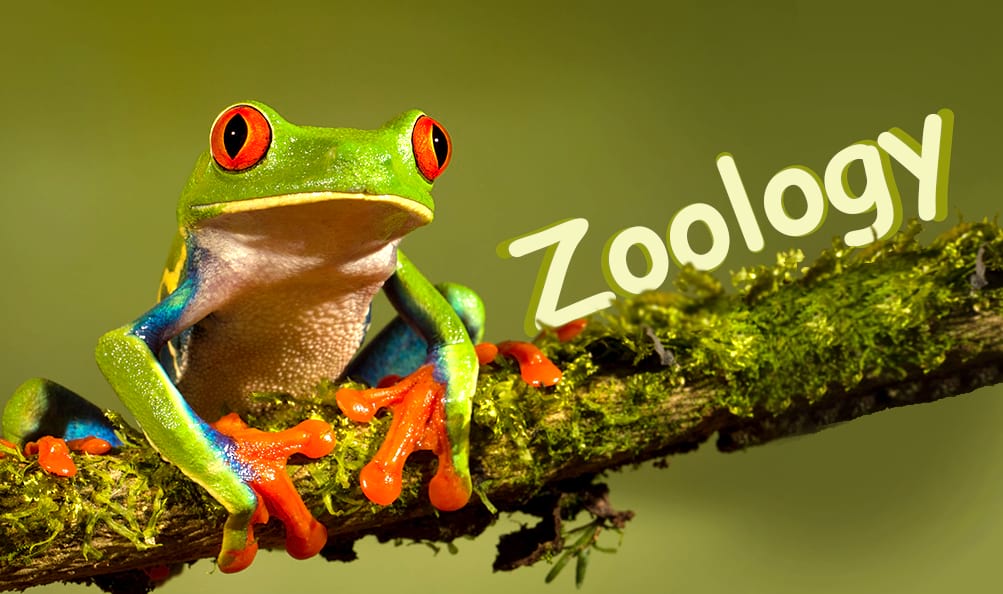Respiration is vital for cellular energy production in aerobic organisms. This chapter examines respiratory systems, focusing on the human respiratory tract and lungs, which are specialized for efficient gas exchange. It explains the mechanics of breathing through coordinated action of the diaphragm and intercostal muscles, and details how oxygen and carbon dioxide are transported in the blood. The chapter also explores the regulation of respiration and adaptations for respiration in different environments.
Chapter 6: Breathing and Exchange of Gases
Respiratory System in Humans
Respiratory Organs:
- Nose: Air entry, filtering, warming, moistening
- Pharynx: Common passage for air and food
- Larynx: Voice box with vocal cords
- Trachea: Windpipe reinforced with C-shaped cartilage rings
- Bronchi: Two branches of trachea entering lungs
- Bronchioles: Smaller branches within lungs
- Alveoli: Tiny air sacs where gas exchange occurs
- Lungs: Paired organs in thoracic cavity
Protective Mechanisms:
- Nasal Hair: Filters large particles
- Mucus: Traps dust and microorganisms
- Cilia: Sweeps mucus toward pharynx
- Epiglottis: Prevents food from entering trachea
Lungs Structure:
- Located in thoracic cavity
- Protected by ribcage
- Covered by double-layered pleural membrane
- Right lung has three lobes, left lung has two lobes
- Contains about 300-500 million alveoli
Mechanism of Breathing
Inspiration (Breathing In):
- Diaphragm contracts and flattens
- External intercostal muscles contract
- Ribs move upward and outward
- Thoracic volume increases
- Pressure in lungs decreases below atmospheric pressure
- Air moves into lungs
Expiration (Breathing Out):
- Diaphragm relaxes and moves up
- External intercostal muscles relax
- Ribs move downward and inward
- Thoracic volume decreases
- Pressure in lungs increases above atmospheric pressure
- Air moves out of lungs
Respiratory Volumes and Capacities:
- Tidal Volume (TV): Air inspired or expired during normal breathing (500 ml)
- Inspiratory Reserve Volume (IRV): Additional air that can be inspired (2500-3000 ml)
- Expiratory Reserve Volume (ERV): Additional air that can be expired (1000-1100 ml)
- Residual Volume (RV): Air remaining in lungs after forced expiration (1100-1200 ml)
- Vital Capacity (VC): Maximum air that can be expired after maximum inspiration (TV + IRV + ERV = 4500 ml)
- Total Lung Capacity (TLC): Total air contained in lungs after maximum inspiration (VC + RV = 5700 ml)
Exchange of Gases
Diffusion of Gases:
- Partial Pressure: Pressure exerted by individual gas in a mixture
- Alveolar Air (mm Hg): O₂ (104), CO₂ (40)
- Blood (mm Hg): Deoxygenated – O₂ (40), CO₂ (45); Oxygenated – O₂ (95), CO₂ (40)
- Tissue (mm Hg): O₂ (40), CO₂ (45)
External Respiration (Lungs):
- O₂ diffuses from alveoli to blood due to pressure gradient
- CO₂ diffuses from blood to alveoli due to pressure gradient
- Thin respiratory membrane (0.5 µm) facilitates diffusion
- Large surface area (70-80 m²) enhances gas exchange
Internal Respiration (Tissues):
- O₂ diffuses from blood to tissues
- CO₂ diffuses from tissues to blood
Transport of Gases
Oxygen Transport:
- Dissolved in Plasma: About 3%
- Bound to Hemoglobin: About 97%
- Oxyhemoglobin Formation: Hb + O₂ ⟶ HbO₂
- Oxygen-Hemoglobin Dissociation Curve: S-shaped curve showing relationship between pO₂ and % saturation of Hb
Factors Affecting Oxygen Binding:
- pO₂: Higher pressure increases binding
- pCO₂: Higher CO₂ reduces O₂ binding (Bohr effect)
- Temperature: Higher temperature reduces binding
- pH: Lower pH reduces binding
- 2,3-BPG: Increases oxygen release to tissues
Carbon Dioxide Transport:
- Dissolved in Plasma: About 7%
- As Bicarbonate: About 70%
- CO₂ + H₂O ⟶ H₂CO₃ ⟶ H⁺ + HCO₃⁻ (catalyzed by carbonic anhydrase)
- Bound to Hemoglobin: About 23% (as carbaminohemoglobin)
Complete Chapter-wise Hsslive Plus One Zoology Notes
Our HSSLive Plus One Zoology Notes cover all chapters with key focus areas to help you organize your study effectively:
- Chapter 1 The Living World
- Chapter 2 Animal Kingdom
- Chapter 3 Structural Organisation in Animals
- Chapter 4 Biomolecules
- Chapter 5 Digestion and Absorption
- Chapter 6 Breathing and Exchange of Gases
- Chapter 7 Body Fluids and Circulation
- Chapter 8 Excretory Products and their Elimination
- Chapter 9 Locomotion and Movement
- Chapter 10 Neural Control and Coordination
- Chapter 11 Chemical Coordination and integration
